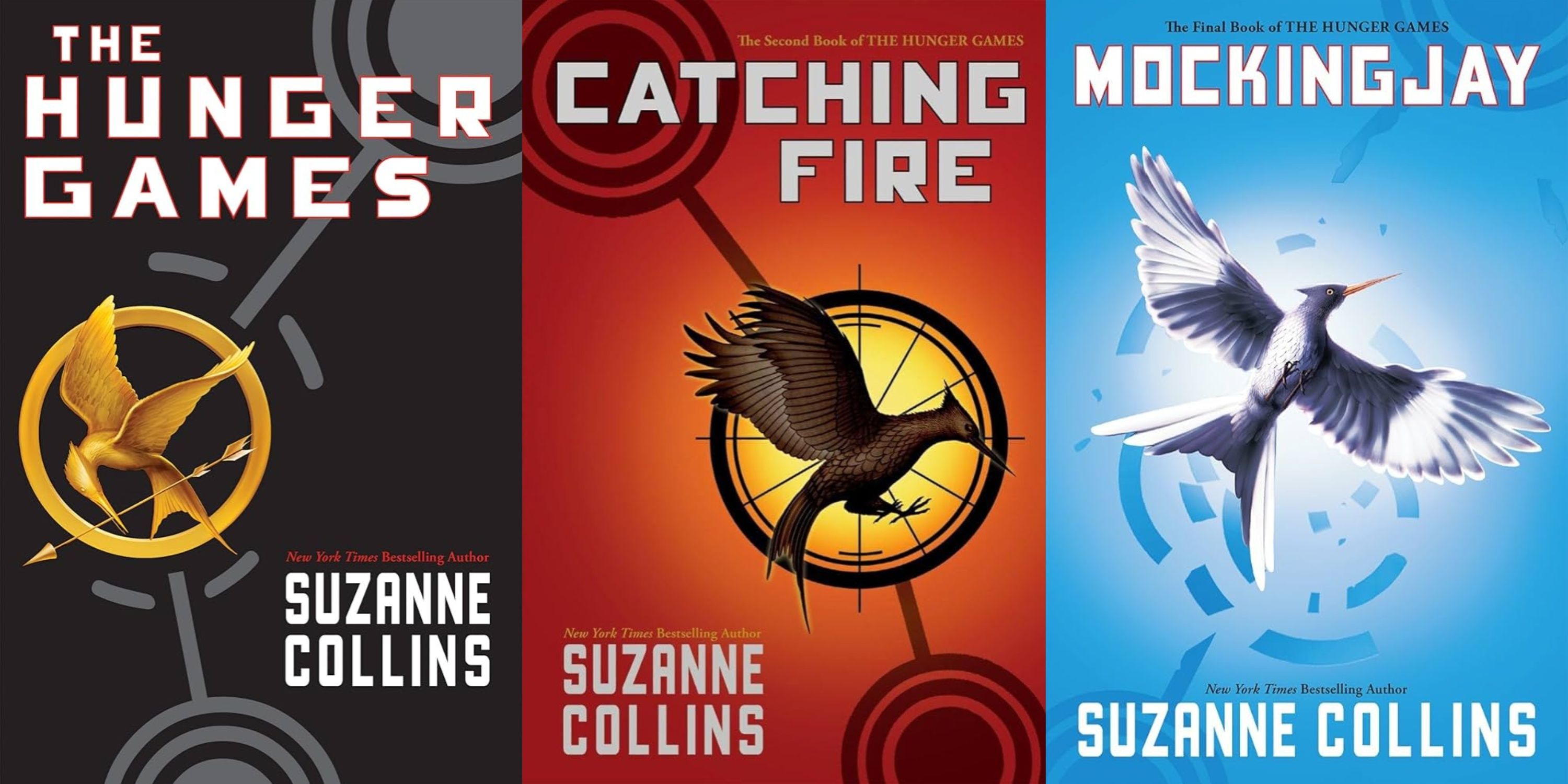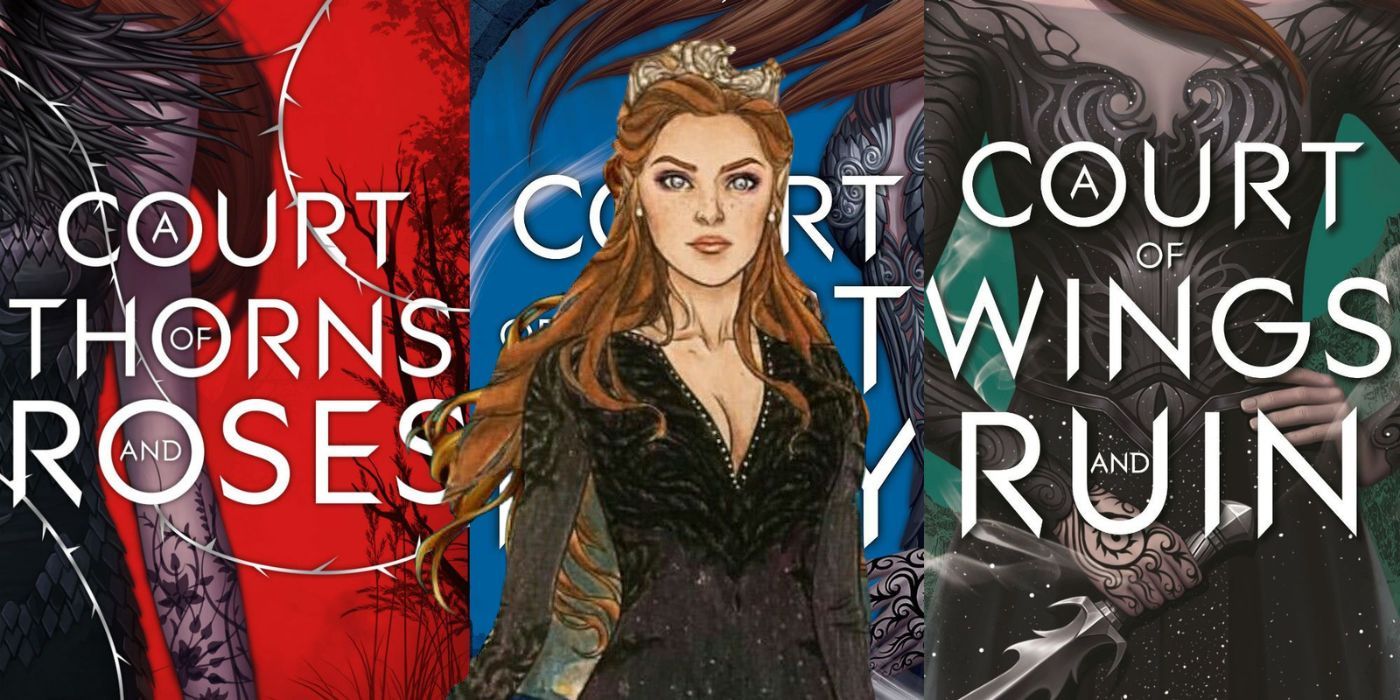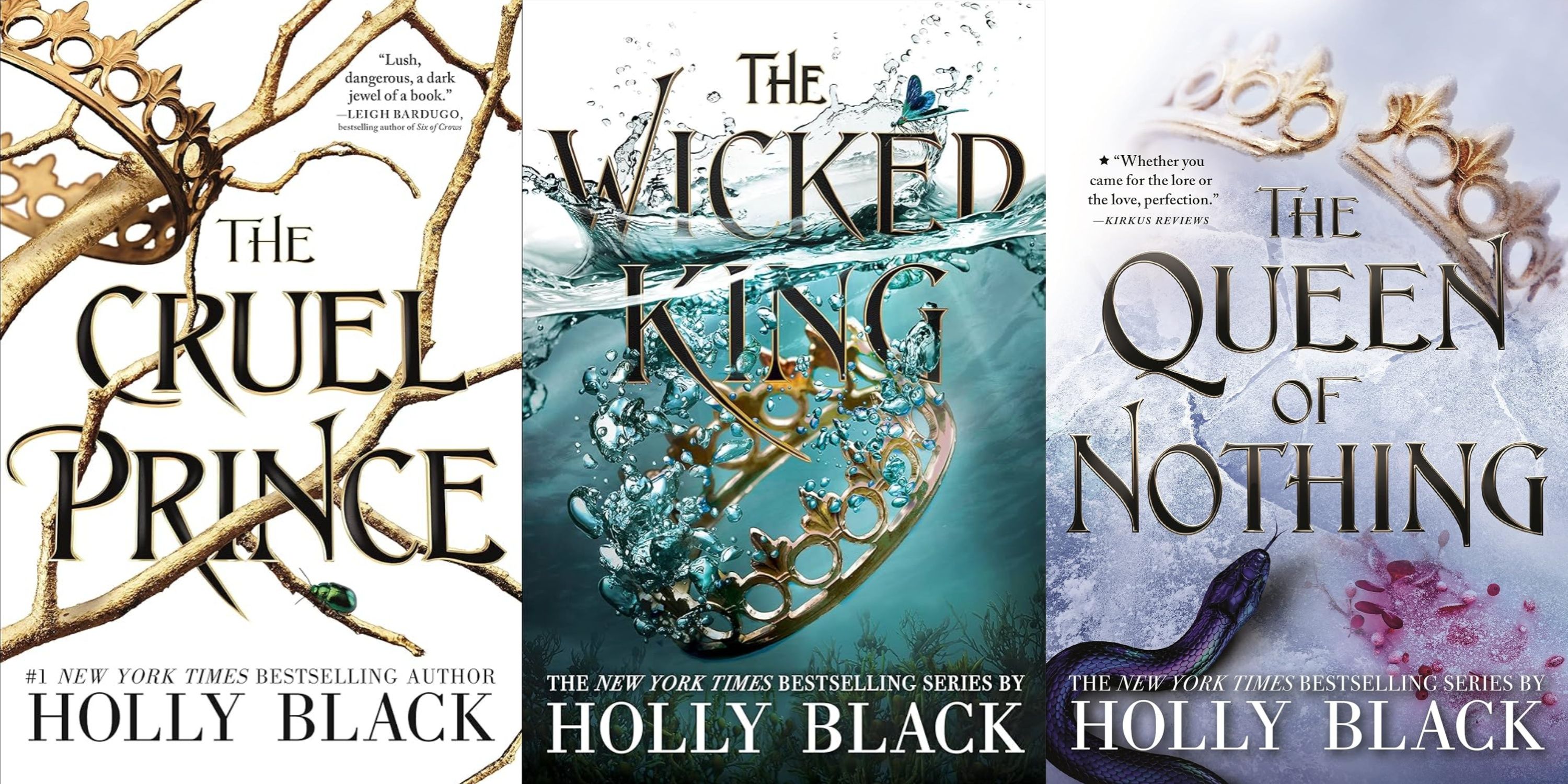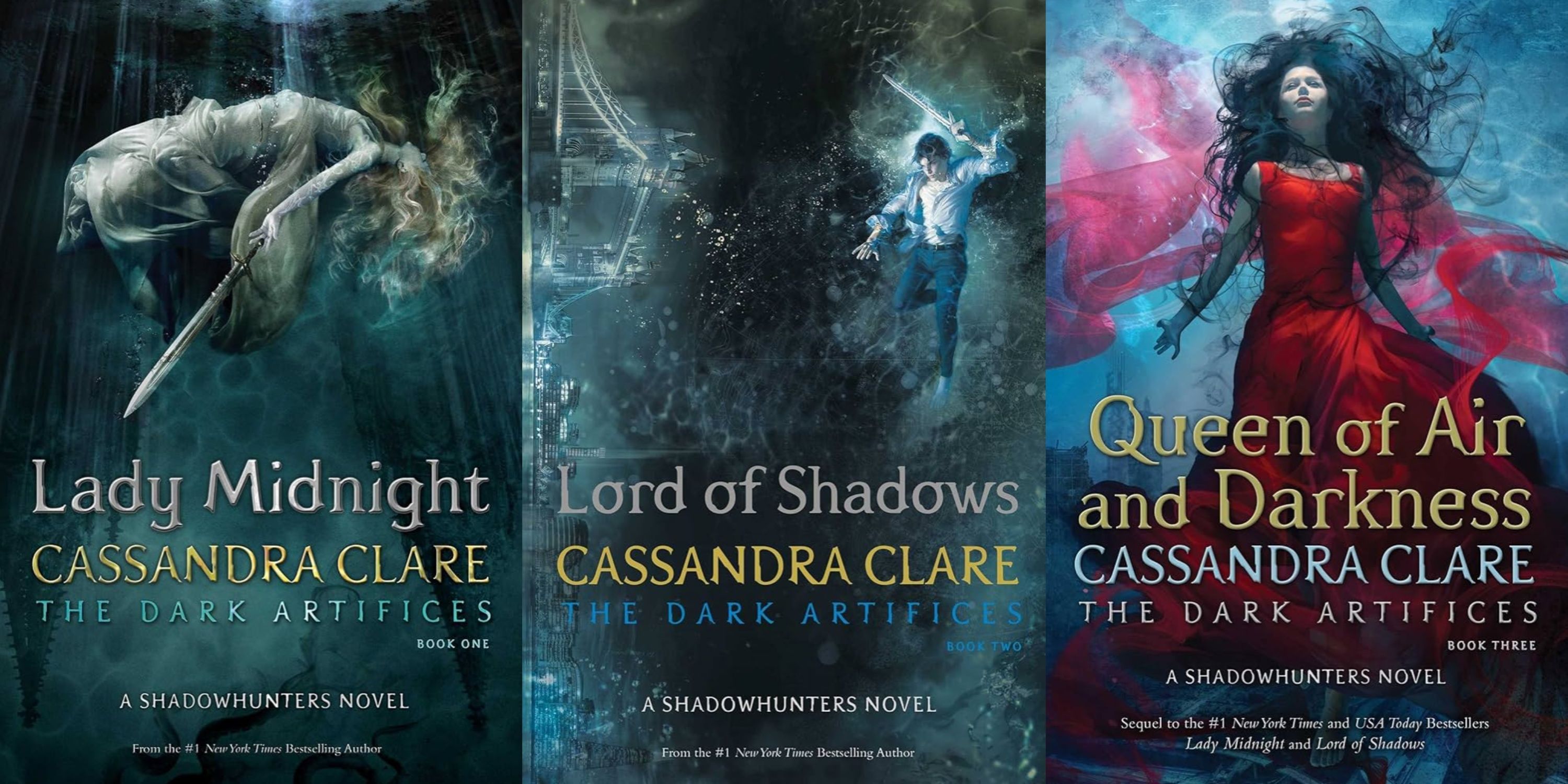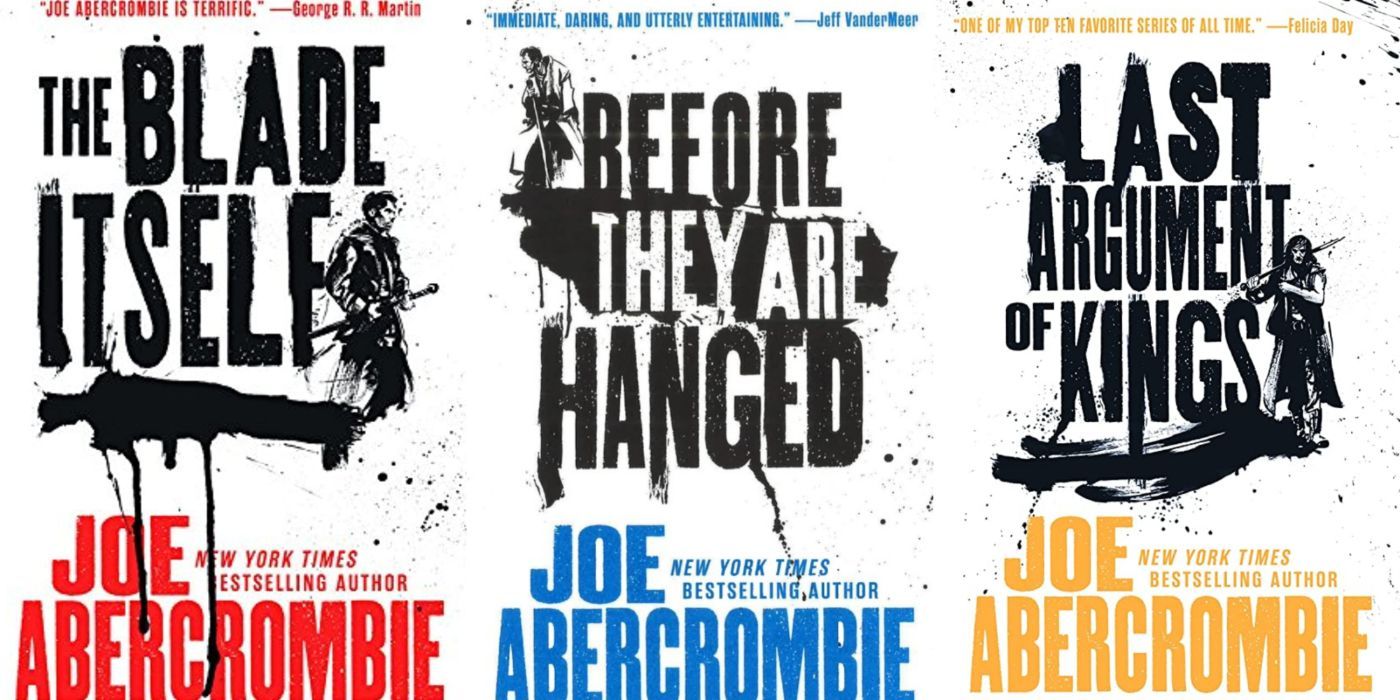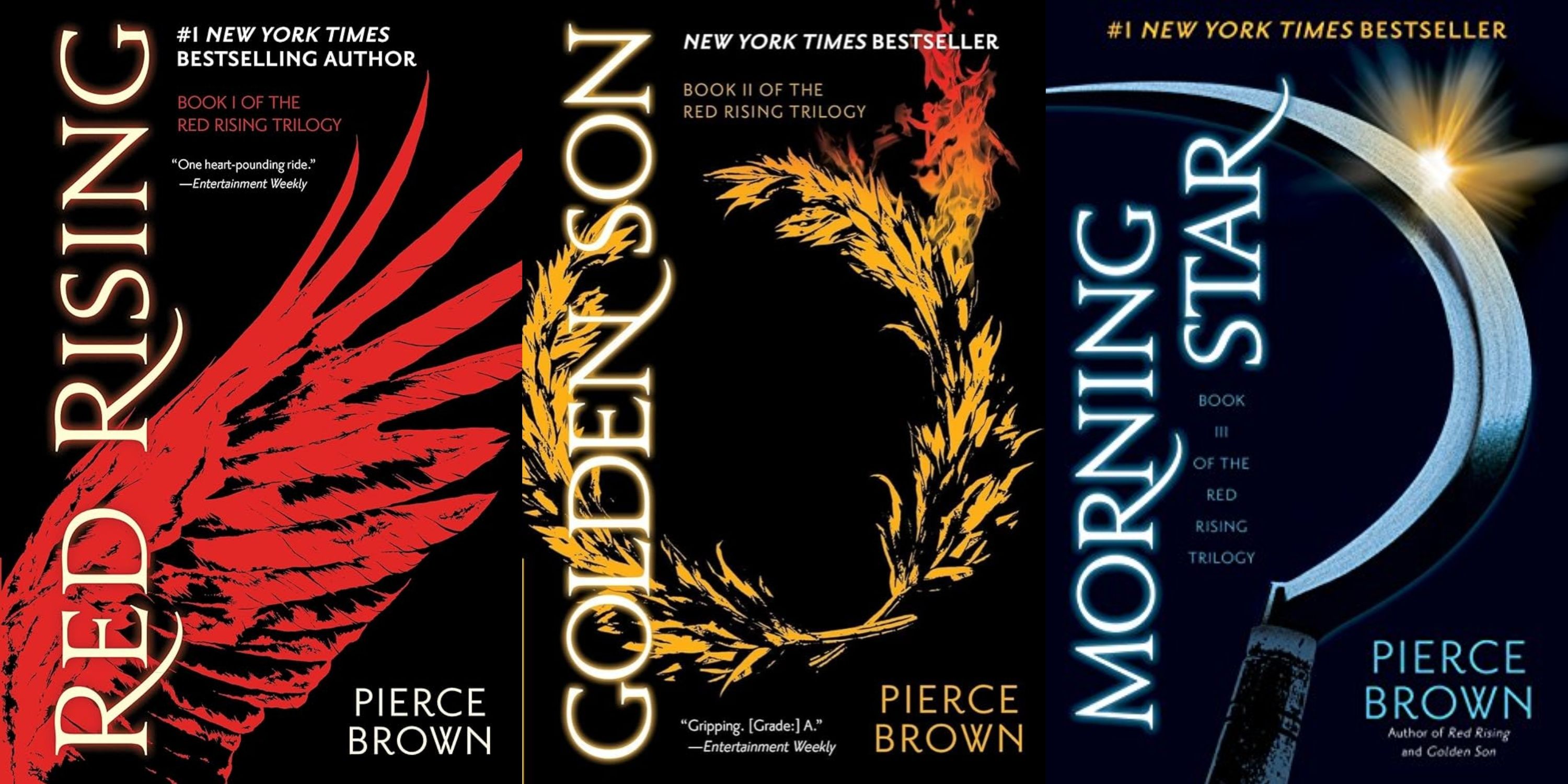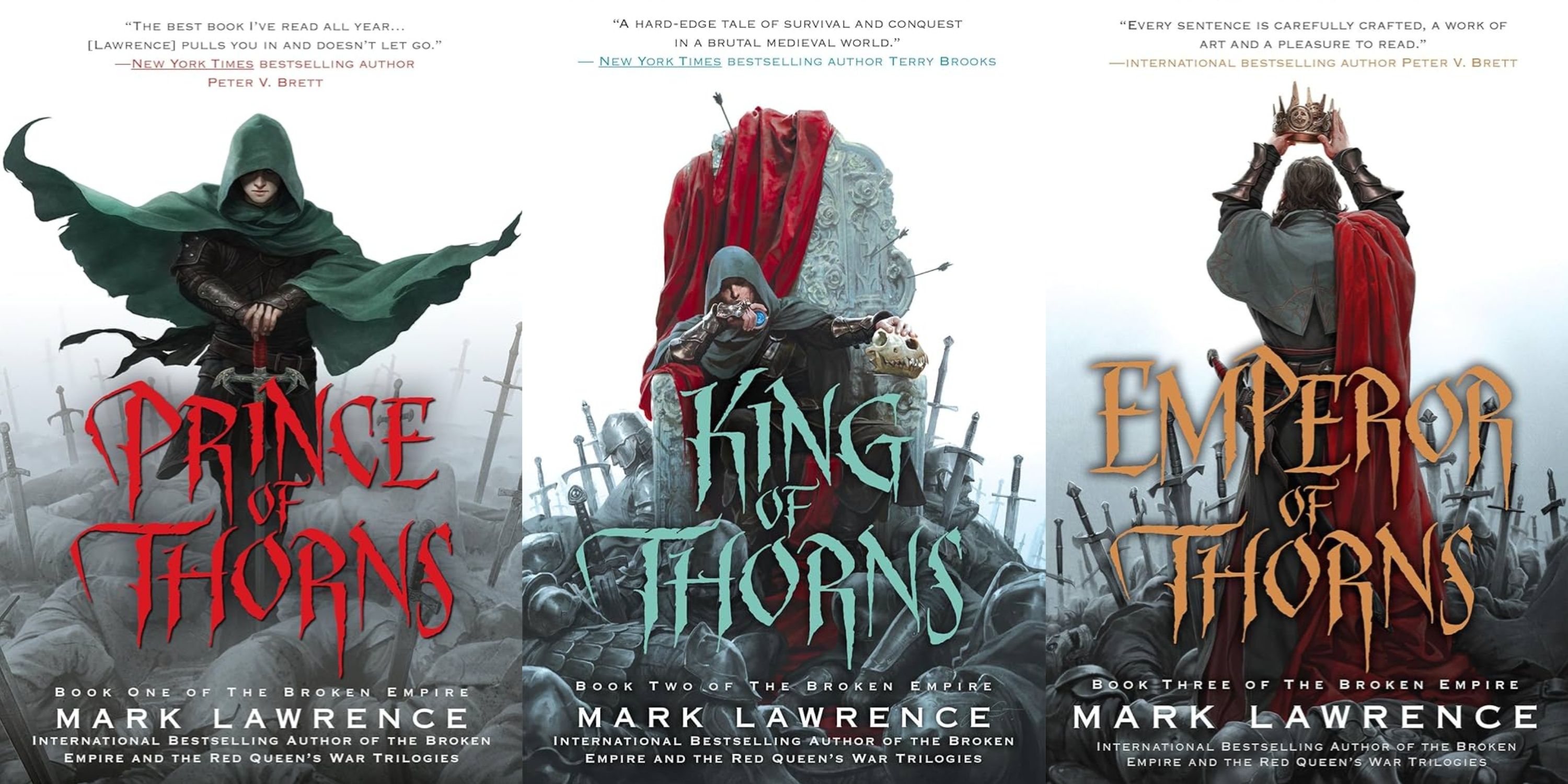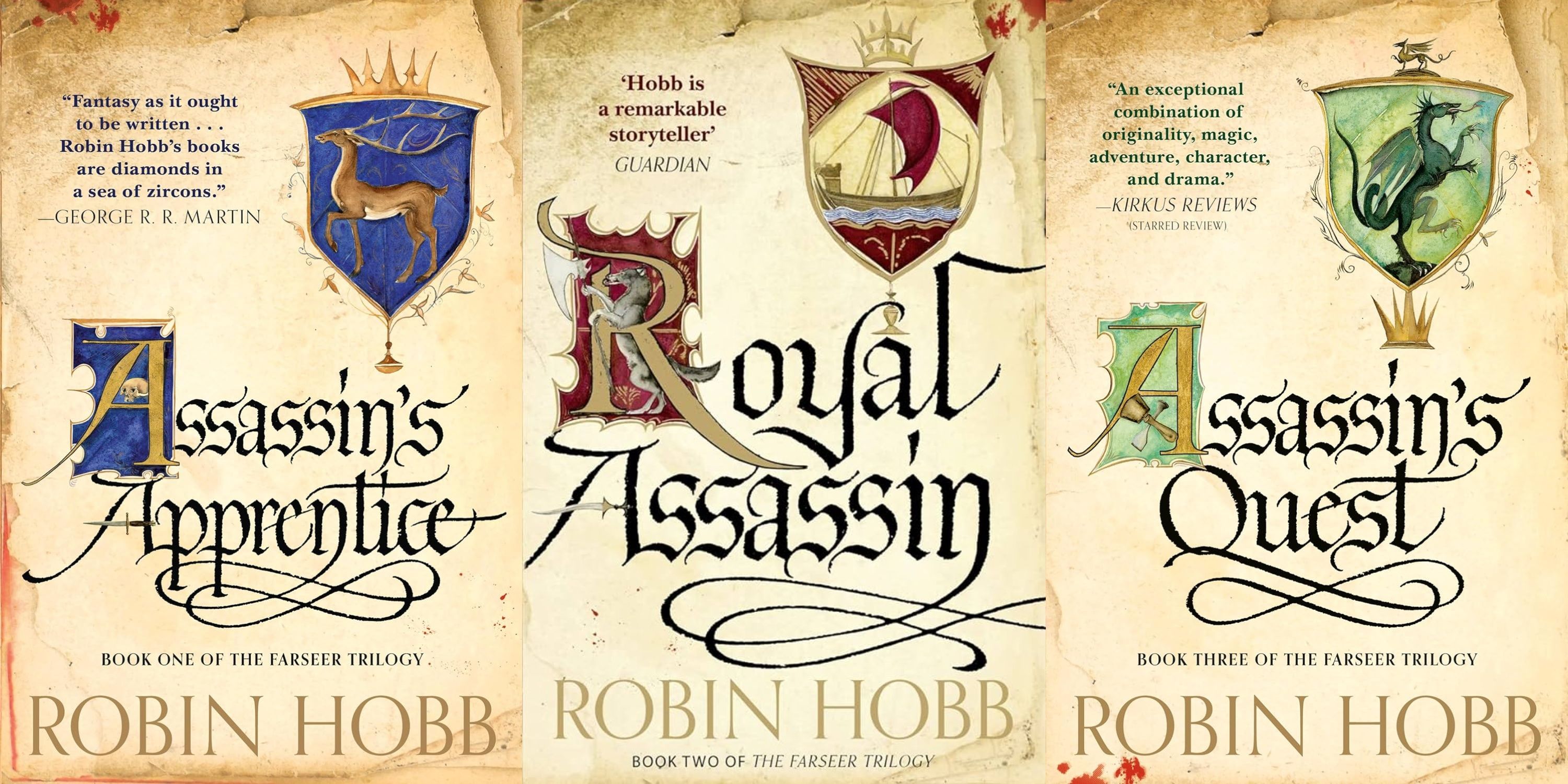Summary
- Many book trilogies suffer from second-book syndrome, with the middle installment proving a sluggish bridge between the beginning and end.
- In some instances, the second book stands out as the best part of a trilogy, balancing the middle of the story impressively.
- Books like
Catching Fire, A Court of Mist & Fury,
and
Before They Are Hanged
prove that second installments can be winners.
Book trilogies often suffer from second-book syndrome, with the middle installment feeling like a slow and unnecessary bridge between the opening and conclusion — though there are a few lucky trilogies where the second book is the best. Trilogies tend to struggle when it comes to balancing their stories, and when this happens, the middle typically suffers. This is why so many book trilogies peak with the first installment, though some manage to make a comeback during the finale, even after a lackluster second novel.
Then there are the rare trilogies that successfully navigate their second books, using them to raise the stakes and move the story forward ahead of the final chapter. In some cases, the middle novel is even the best of the series, as endings don’t always stick the landing. It doesn’t happen often, but when a second book stands out like this, it becomes memorable — sometimes even more so than the other two installments.
Related
15 Best Beach Reads For Summer 2024
Beach reads are typically fast-paced, easy to fall into, and fun – and there is no shortage of great books to choose from for summer 2024.
8 The Hunger Games By Suzanne Collins (2008-2010)
Second Book: Catching Fire
The Hunger Games trilogy offers the perfect example of a solid second book, as there’s no denying that Catching Fire is the best of Suzanne Collins’ original series. The Hunger Games and Mockingjay are both impressive in their own right, but Catching Fire stands out for its character growth, world expansion, and thrilling twists. The Hunger Games is still finding its footing for most of the story, even if it does a great job of endearing readers to Katniss and Peeta and offering social commentary in the process. And while Mockingjay sticks the landing, its action doesn’t compare to Catching Fire‘s.
The Hunger Games
and
Mockingjay
are both impressive in their own right, but
Catching Fire
stands out for its character growth, world expansion, and thrilling twists.
Catchiing FIre simultaneously raises the stakes and expands the world by introducing the third Quarter Quell, then forcing former tributes to participate in it. It also introduces an intriguing new cast of characters, from Finnick Odair to Johanna Mason. And although the actual Hunger Games are more intense and memorable in Catching Fire, its ending is really what places it above the other two books. The final twists remain some of the best from the entire series, and they fully push Katniss and the other characters into rebellion, setting the stage perfectly for Mockingjay.
7 A Court Of Thorns & Roses By Sarah J. Maas (2015-2017)
Second Book: A Court Of Mist & Fury
A Court of Thorns & Roses starts as a trilogy, and of the first three installments in Sarah J. Maas fantasy series, A Court of Mist & Fury is by far the best. The first ACOTAR book weaves a compelling narrative, but it doesn’t pull on the heartstrings nearly as much as ACOMAF. It’s also difficult to return to ACOTAR after reading the entire trilogy, as some of the characters and storylines no longer seem appealing. And of course, the stakes in A Court of Thorns & Roses aren’t nearly as high as the later books.
More surprising is that ACOMAF is also better than A Court of Wings & Ruin, which serves as the conclusion to the initial trilogy. ACOMAF raises the stakes and ends on a shocking cliffhanger, and it manages to tackle important subjects like PTSD over the course of its narrative. Unfortunately, ACOWAR doesn’t deliver on what ACOMAF builds towards. In fact, it makes the central conflict seem way too easy to overcome, and it hardly ever seems like there are genuine stakes. Needless to say, ACOMAF is the best of Maas’ original books — and it surpasses the novella and spinoff too.
6 Folk Of The Air Trilogy By Holly Black (2018-2019)
Second Book: The Wicked King
Holly Black’s Folk of the Air trilogy is popular among YA readers, and The Cruel Prince offers an engrossing opening to this trilogy. The Cruel Prince introduces Jude, who’s been taken to the High Court of Faerie and raised there, despite being a human. The first book does a good job of establishing the dynamics of this world, as well as Jude’s motivations. However, The Wicked King takes the story beyond that, improving on the political intrigue, action, and romance of the previous book. It does everything a second book should — and it even manages to best the third installment.
The Queen of Nothing
and
The Wicked King
are close in terms of quality, but the latter proves just a bit more gripping.
The Queen of Nothing and The Wicked King are close in terms of quality, but the latter proves just a bit more gripping. It might be because The Queen of Nothing loses the intensity of the trilogy’s central romance, which The Wicked King does an excellent job of portraying. The Queen of Nothing’s ending also feels a bit too tidy, and it comes off as disappointing. This makes The Wicked King a stronger installment, especially with its exciting ending promising so much more than The Queen of Nothing delivers.
5 The Dark Artifices By Cassandra Clare (2016-2018)
Second Book: Lord Of Shadows
The Dark Artifices is one of several trilogies in Cassandra Clare’s Shadowhunter Chronicles, and it’s unique because its second book is the best of the bunch. The Infernal Devices and Mortal Instruments series boast strong endings, and The Last Hours peaks with the first installment. However, Lord of Shadows is the clear highlight of The Dark Artifices, even though all three novels are impressive. Lady Midnight feels like setup, featuring a smaller conflict that leads into the trilogy’s greater story. And while Queen of Air and Darkness has many high points, it doesn’t reach the heights of book two.
Lord of Shadows proves the sweet spot for The Dark Artifices, fully digging into the trilogy’s overarching plot and driving home the stakes of the story. The second book’s ending is among the most tragic of all Clare’s Shadowhunter books, and it packs an emotional punch that the other installments fail to. Additionally, the forbidden romance of The Dark Artifices is at its best in the second novel. By the time readers reach Queen of Air and Darkness, the central relationship no longer feels as tense, and that works against the finale.
4 The First Law Trilogy By Joe Abercrombie (2006-2008)
Second Book: Before They Are Hanged
The entire First Law trilogy is worthy of praise, and it’s regarded as Joe Abercrombie’s best series — and by some readers, one of the best fantasy series of all time. But even though all three installments shine, it’s obvious that Before They Are Hanged is the highest point of the trilogy. The Blade Itself does a solid job of introducing the complex cast of characters, but it feels like very little happens in the trilogy’s opening. There’s a lot of setup for future books, and readers may not see how the various storylines connect until later on.
It moves beyond the first book’s slow burn, but it doesn’t have the massive responsibility of trying everything together, like
The Last Argument of Kings.
Before They Are Hanged has the advantage of an established world and cast, so it’s able to do more than The Blade Itself. It moves beyond the first book’s slow burn, but it doesn’t have the massive responsibility of trying everything together, like The Last Argument of Kings. And The Last Argument of Kings does a decent job in this regard. However, there are a few disappointing aspects of the final novel that make Before They Are Hanged the strongest of Abercrombie’s trilogy.
3 Red Rising Trilogy By Pierce Brown (2014-2016)
Second Book: Golden Son
Piece Brown’s Red Rising trilogy is one of the most popular sci-fi dystopian stories out there, and it’s turned into a full-blown saga, which is still ongoing. Of the original trilogy, Golden Son stands out as the most impressive installment. This is saying something, as all three books are truly spectacular — but the second is just a bit better than Red Rising and Morning Star. Red Rising has a much different story and vibe than Golden Son, even if they tackle similar themes. Golden Son‘s approach to power feels more mature and high-stakes than Red Rising‘s, if only by a little.
Golden Son also has better pacing than Red Rising, likely because it doesn’t have to set up an entire story. It also manages to feel more put together than Morning Star, which falters a bit towards the ending. Golden Son comes out feeling like the most thoughtful and carefully crafted of the three books, proving that second books can be winners.
2 The Broken Empire Trilogy By Mark Lawrence (2011-2013)
Second Book: King Of Thorns
The Broken Empire trilogy by Mark Lawrence takes readers on a dark journey as its anti-hero claws his way to power, and Jorg’s story peaks in the second book. The first installment, Prince of Thorns, struggles with the same issues as many other openings. It takes its time establishing the world and Jorg’s character, and Jorg isn’t very compelling until readers understand what drives him. Until then, Prince of Thorns can be difficult to get through — though it’s worth pushing through for King of Thorns. Book two does a better job characterizing Jorg, and its story feels more fully formed.
Unfortunately, King of Thorns also feels more put together than Emperor of Thorns as well, despite the latter delivering a satisfying conclusion. While both installments are good, King of Thorns is just a bit more impressive. Emperor of Thorns has a somewhat divisive ending, and it requires readers to sit with it. It also leaves a few loose ends, which will undoubtedly lead to some disappointment. The second book is easier to love, if only because there’s more to come.
1 The Farseer Trilogy By Robin Hobb (1995-1997)
Second Book: Royal Assassin
Robin Hobb’s Farseer Trilogy is considered a fantasy classic, and while all three books deserve their reputations, Royal Assassin stands out as the best. The Farseer Trilogy tells the tale of Fitz, and it continues well beyond this series. But this trilogy sets the stage for the rest of the Elderlings books, and it does a compelling job of it. Assassin’s Apprentice is a great start, but the later books surpass it. Again, the first book in any trilogy bears the burden of introducing characters and world-building elements that make it slower and more difficult to get into.
Royal Assassin proves more interesting, and while Assassin’s Quest expands the world significantly, it doesn’t live up to the second book. Perhaps this is because Fitz’s decisions and journey are far more frustrating in book three. It doesn’t help that he spends so much time away from the beloved supporting cast. Things pick up towards the end of the third installment, but Royal Assassin’s story feels balanced all the way through. This makes it another superior second book in a trilogy, and it’s not the only second book from Hobb’s lineup to prove a winner.


